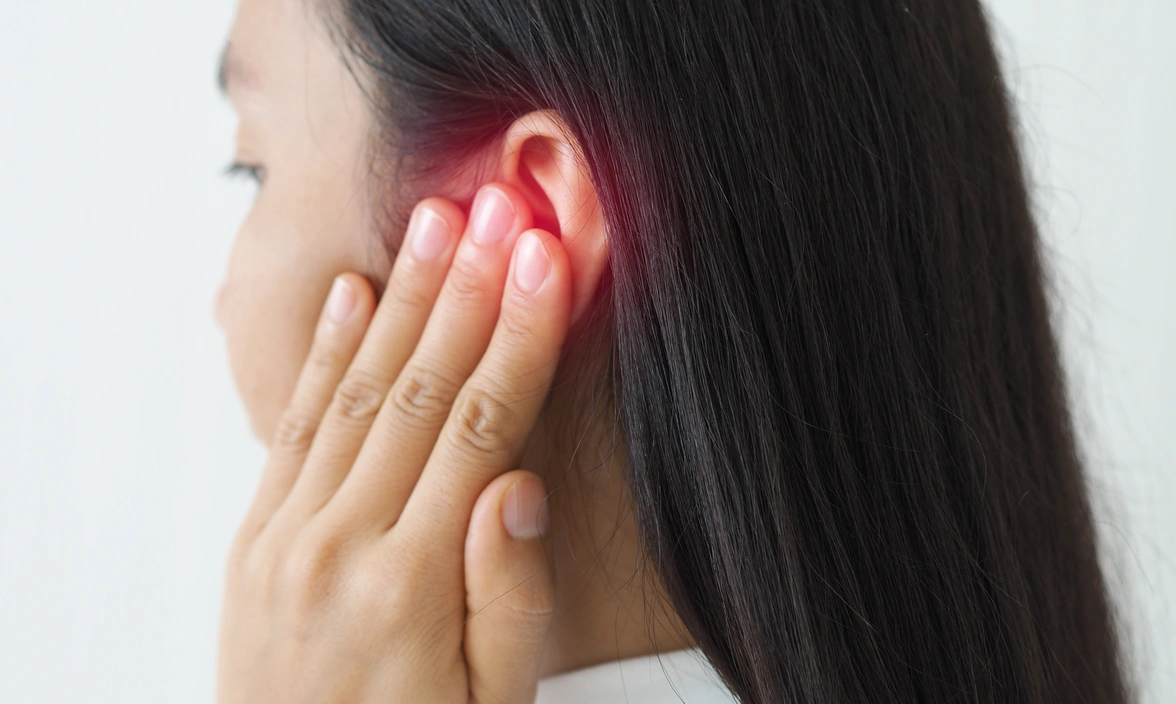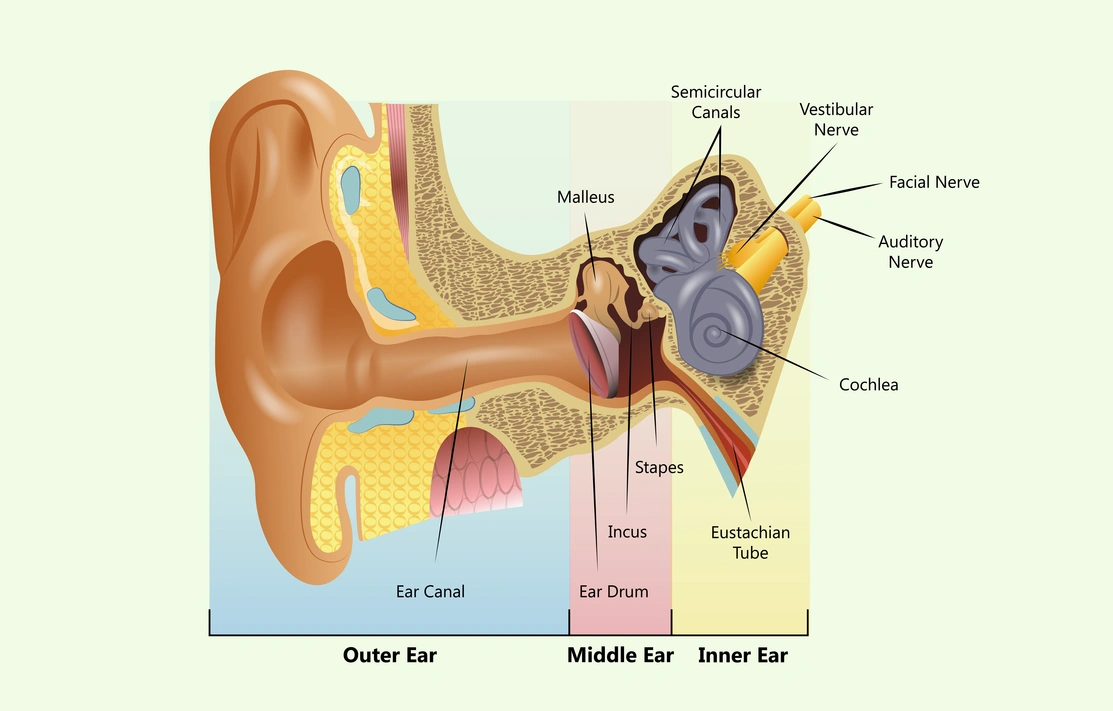Hearing loss is common symptom of ear infections, although in most cases, it is likely to be temporary and go away after treatment. If a person experiences a severe type of ear infection, there can be longer-term or permanent impacts on their hearing ability.
If an ear infection is suspected, it is important that you seek advice from a GP or audiologist for diagnosis and treatment.



